Home>Articles>How Long Does It Take For A George Foreman Grill To Heat Up
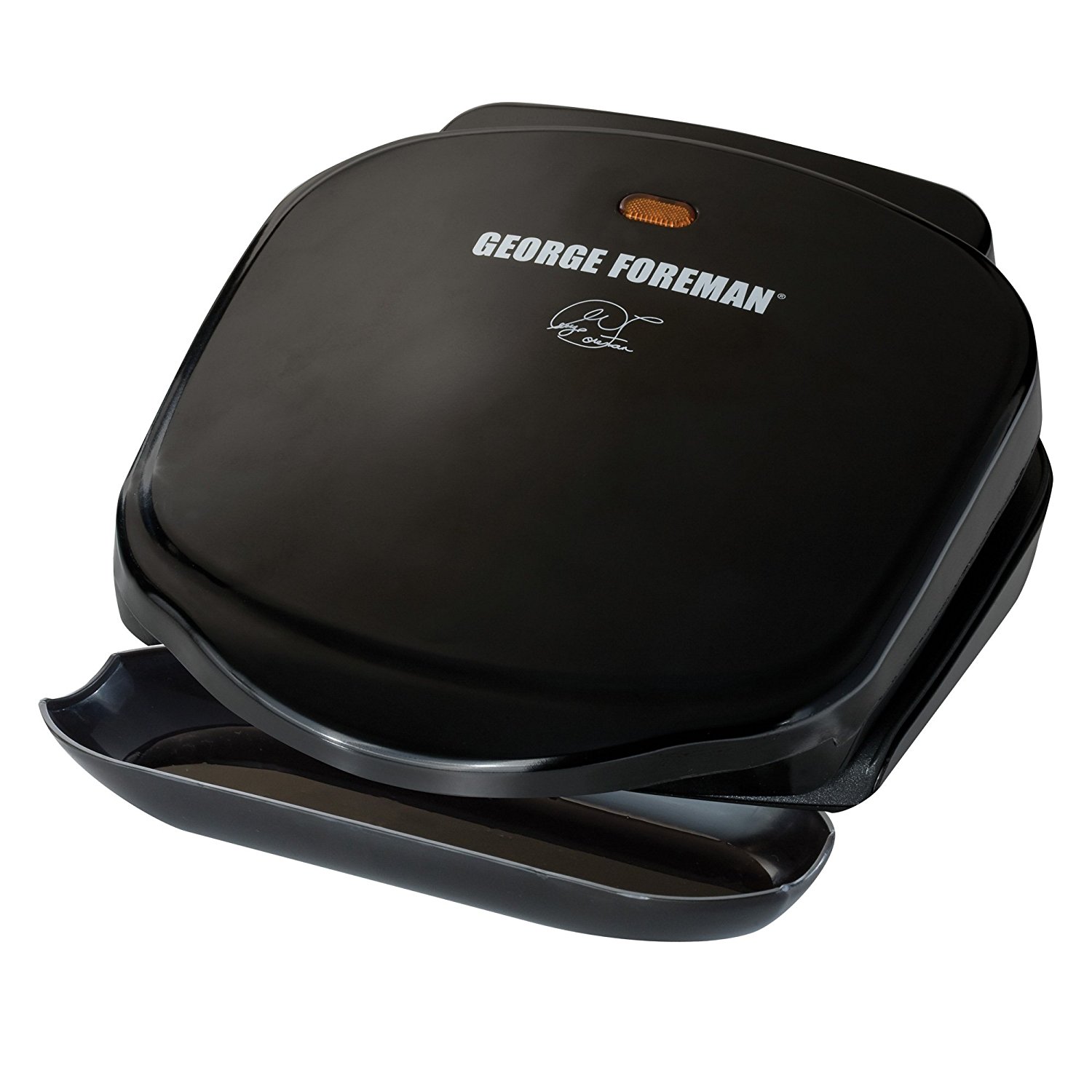

Articles
How Long Does It Take For A George Foreman Grill To Heat Up
Modified: December 7, 2023
Discover how long it takes for a George Foreman Grill to heat up with our informative articles. Find out the best practices and save time in the kitchen!
(Many of the links in this article redirect to a specific reviewed product. Your purchase of these products through affiliate links helps to generate commission for Storables.com, at no extra cost. Learn more)
Introduction
The George Foreman grill is a versatile kitchen appliance that has gained popularity for its ability to cook delicious meals quickly and efficiently. Whether you’re looking to whip up a tasty burger, grill vegetables, or even make a panini, the George Foreman grill is a go-to option for many home chefs. One of the key factors that determine the cooking time on a George Foreman grill is how long it takes for the grill to heat up.
The heating time of a George Foreman grill can vary depending on several factors, including the model of the grill, the size of the cooking surface, and the initial temperature of the grill. In this article, we will explore the factors affecting the heating time of a George Foreman grill, provide an estimate of the average heating time for different models, and share some tips on how to speed up the heating process.
Key Takeaways:
- Preheating your George Foreman grill is essential for efficient cooking, with factors like model wattage and food thickness affecting heating time. Follow tips to speed up preheating and enjoy delicious meals faster.
- Understanding the average heating time for different George Foreman grill models helps plan cooking sessions effectively. Preheating with the lid closed and using thinner cuts of meat can expedite the process.
Factors Affecting Heating Time
Several factors can impact the heating time of a George Foreman grill. Understanding these factors can help you plan and manage your cooking time effectively.
1. Model and Wattage: Different models of George Foreman grills have varying wattage outputs. Higher wattage grills generally heat up faster than lower wattage ones. If you’re looking for quick heating, consider opting for a model with a higher wattage.
2. Cooking Surface Area: The size of the cooking surface also plays a role in heating time. A larger cooking surface will require more time to heat up compared to a smaller surface area. Keep this in mind when planning your cooking session.
3. Initial Temperature: The starting temperature of the grill can affect the heating time. If the grill has been preheated recently, it may require less time to reheat. On the other hand, if the grill is completely cold, it will take longer to reach the desired cooking temperature.
4. Ambient Room Temperature: The temperature of the room or environment in which the grill is being used can affect the heating time. If you’re using the grill in a cold environment, it may take longer to heat up. Conversely, in a warm environment, the grill may heat up more quickly.
5. Thickness of Food: The thickness of the food you’re cooking can also impact the heating time. Thicker cuts of meat or larger vegetables will require more time to cook evenly. Keep this in mind when planning your cooking time on the George Foreman grill.
By considering these factors, you can better estimate and manage the heating time of your George Foreman grill, ensuring that your meals are cooked to perfection every time.
Preheating the George Foreman Grill
Preheating the George Foreman grill is an essential step to ensure even and efficient cooking. Preheating allows the grill to reach the desired temperature before placing the food on the cooking surface. Here are some steps to follow for preheating your grill:
1. Plug in the Grill: Start by plugging in your George Foreman grill and ensuring that it is properly connected to a power source.
2. Close the Lid: Close the lid of the grill to trap the heat inside. This will help the grill preheat more quickly and maintain a consistent temperature.
3. Set the Temperature: Most George Foreman grills have adjustable temperature settings. Set the temperature to the desired level according to the recipe or type of food you are cooking.
4. Allow for Preheating Time: The preheating time can vary depending on the model and wattage of your grill. On average, it takes around 5-10 minutes for the grill to reach the desired temperature. Keep an eye on the temperature indicator or wait for the grill to emit a ready-to-cook signal.
5. Test the Temperature: To ensure that the grill has reached the desired temperature, you can perform a quick test. Simply sprinkle a few drops of water onto the cooking surface. If the water sizzles and evaporates almost instantly, the grill is ready for cooking.
6. Adjust as Needed: If you find that the grill is not reaching the desired temperature or taking too long to heat up, double-check that it is properly connected to the power source and adjust the temperature settings if necessary.
Preheating your George Foreman grill ensures that your food cooks evenly and reduces the overall cooking time. It allows the grill plates to become hot, creating those desirable grill marks and enhancing the flavor of your food. By following these simple steps, you’ll be well on your way to a perfectly preheated George Foreman grill every time.
Preheat your George Foreman grill for 5-7 minutes before cooking to ensure it reaches the optimal temperature for grilling.
Average Heating Time for Different Models
While the actual heating time can vary between different models of the George Foreman grill, we can provide a general estimate for the average heating time based on common models:
1. Compact/Basic Models: Compact or basic models of the George Foreman grill typically have a lower wattage output and smaller cooking surface area. On average, these models take around 5-7 minutes to preheat and reach the desired cooking temperature.
2. Medium-Sized Models: Medium-sized George Foreman grills, typically offering a larger cooking area and higher wattage, take slightly longer to preheat. It usually takes around 7-10 minutes for these models to reach the desired temperature.
3. Large/Family-Sized Models: Large or family-sized George Foreman grills with even larger cooking surfaces and higher wattage may require a bit more time to heat up. These models generally take around 10-15 minutes to reach the desired cooking temperature.
It’s important to note that these estimates are based on the average heating times and can vary depending on external factors such as room temperature, initial grill temperature, and the thickness of the food being cooked. Always refer to the specific instructions and guidelines provided by the manufacturer for your particular model.
Additionally, it’s recommended to allow a few extra minutes for the grill to fully preheat, especially if you’re cooking thicker cuts of meat or larger quantities of food. This will ensure that your food cooks evenly and thoroughly, resulting in delicious and perfectly cooked meals.
By understanding the average heating time for different models of the George Foreman grill, you can plan your cooking sessions more effectively and ensure that your meals are cooked to perfection every time.
Tips for Faster Heating
If you’re looking to speed up the heating time of your George Foreman grill, here are some tips to help you achieve faster results:
1. Preheat with the Lid Closed: Closing the lid of the grill during preheating helps trap the heat inside and promotes faster heating. This allows the grill to reach the desired temperature more quickly.
2. Start with a Hot Grill: If you’ve recently used your George Foreman grill and it’s still warm, it will require less time to heat up. Consider planning your cooking sessions in advance, allowing the grill to cool down and reheat in a shorter time when needed.
3. Keep the Grill Clean: Regularly clean your George Foreman grill to remove any food residue or grease buildup. A clean grill heats up more efficiently and evenly, reducing the overall heating time.
4. Thaw Foods Before Cooking: Thawing frozen foods before cooking on the grill can significantly reduce the heating time. Frozen foods take longer to cook, which means the grill needs more time to heat up. Allow frozen foods to thaw in the refrigerator before placing them on the grill.
5. Preheat on High Temperature: If you’re in a hurry and need to reduce the preheating time, consider setting the grill to its highest temperature. This will help the grill plates heat up faster, thereby reducing the overall heating time.
6. Optimize the Placement: Ensure proper placement of the grill in your kitchen. Keep it away from drafts or other appliances that generate heat, as this can affect the heating time. Also, ensure there is enough space around the grill for proper air circulation.
7. Use Thinner Cuts of Meat: Thinner cuts of meat will require less time to cook, which means the grill will need less time to heat up as well. Opt for thinner cuts or consider slicing thicker cuts into smaller portions to expedite the cooking process.
By following these tips, you can reduce the heating time of your George Foreman grill and get your meals on the table faster. It’s important to remember that while faster heating is desirable, be cautious not to sacrifice the quality of your food. Ensure that your meals are cooked thoroughly and evenly to maintain the best flavor and texture.
Conclusion
The heating time of a George Foreman grill is an important factor to consider for efficient cooking. By understanding the factors that affect heating time, such as the model and wattage of the grill, cooking surface area, ambient room temperature, and thickness of the food, you can better plan your meals and achieve optimal cooking results.
Preheating the grill is a crucial step to ensure even cooking and to enhance the flavor of your food. By following the steps of plugging in the grill, closing the lid, setting the temperature, allowing for preheating time, testing the temperature, and adjusting as needed, you can ensure that your George Foreman grill reaches the desired temperature before you start cooking.
While the average heating time can vary between different models, it is generally estimated to be around 5-7 minutes for compact/basic models, 7-10 minutes for medium-sized models, and 10-15 minutes for large/family-sized models. These estimates can be affected by variables like room temperature and initial grill temperature.
If you’re looking to speed up the heating time of your George Foreman grill, there are several tips you can follow. Preheating with the lid closed, starting with a hot grill, keeping the grill clean, thawing foods before cooking, preheating on high temperature, optimizing the placement of the grill, and using thinner cuts of meat can all help expedite the heating process.
In conclusion, understanding the heating time of your George Foreman grill and implementing strategies to decrease the heating time can enhance your cooking experience. By preheating the grill properly and following the recommended tips, you can enjoy delicious and perfectly cooked meals in less time. So, fire up your George Foreman grill and get ready to savor mouthwatering dishes with less waiting time!
Frequently Asked Questions about How Long Does It Take For A George Foreman Grill To Heat Up
Was this page helpful?
At Storables.com, we guarantee accurate and reliable information. Our content, validated by Expert Board Contributors, is crafted following stringent Editorial Policies. We're committed to providing you with well-researched, expert-backed insights for all your informational needs.
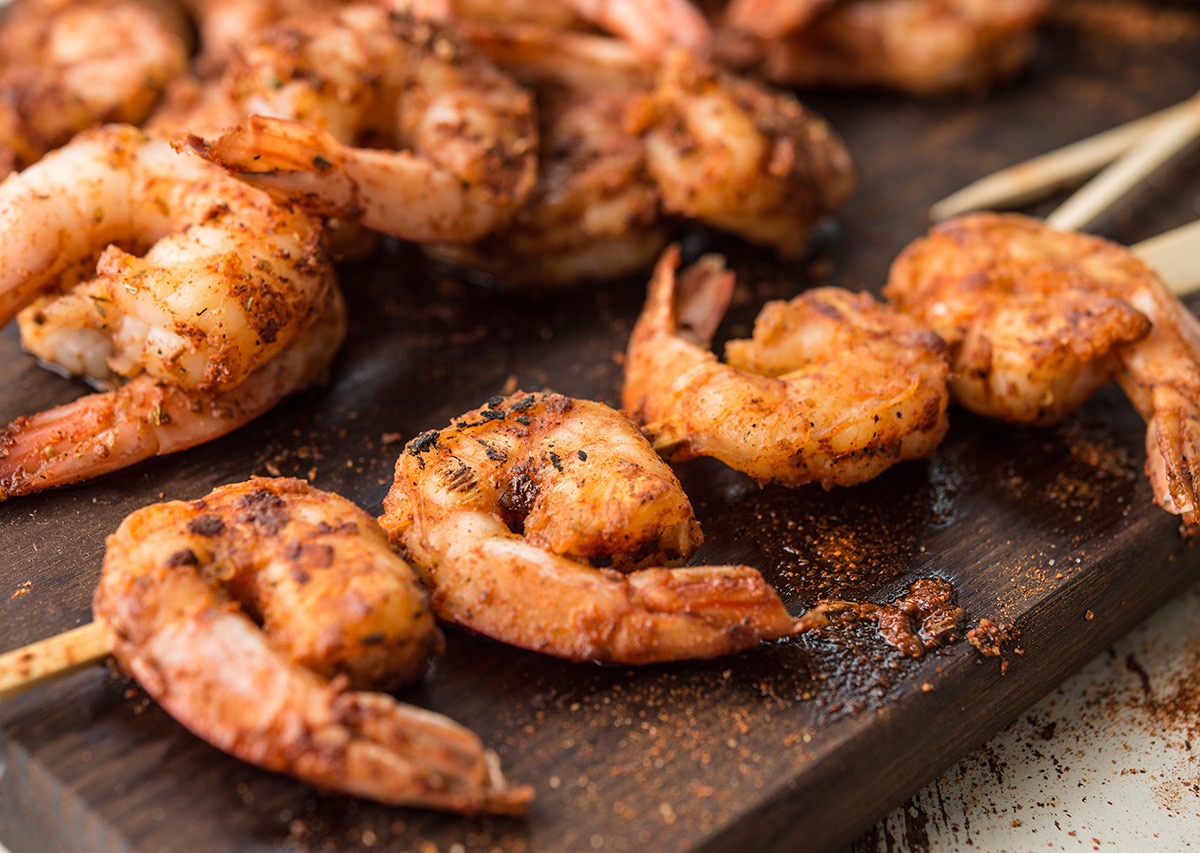
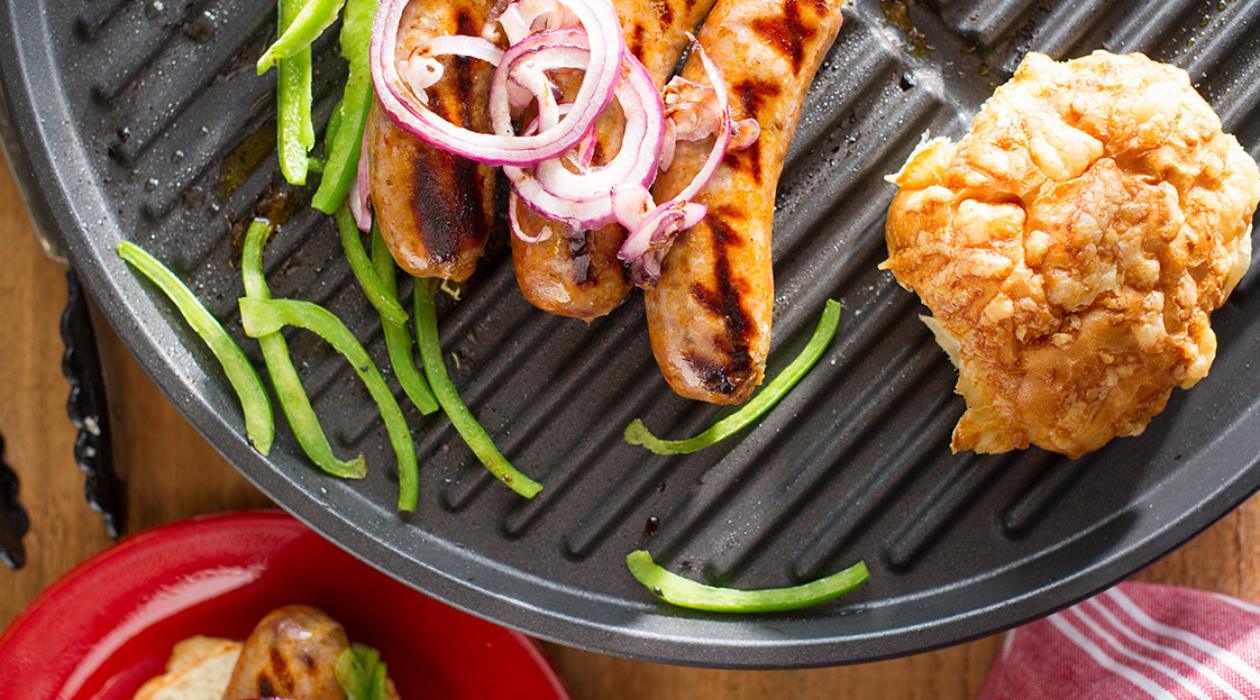
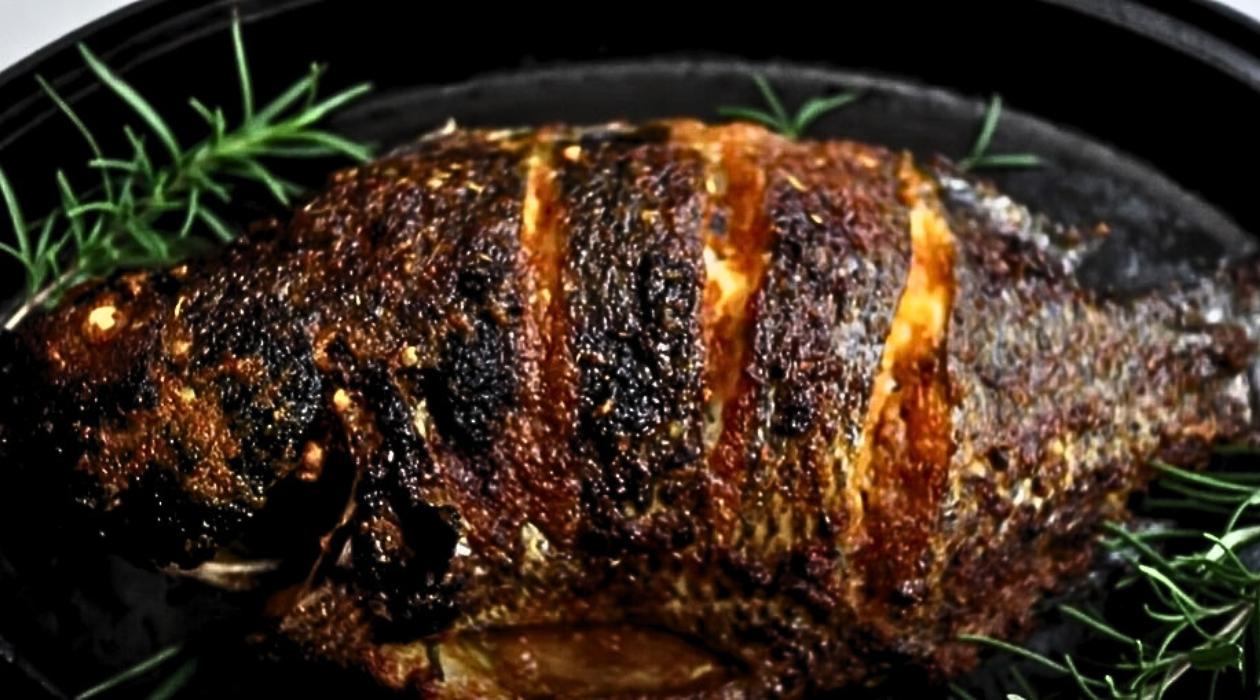
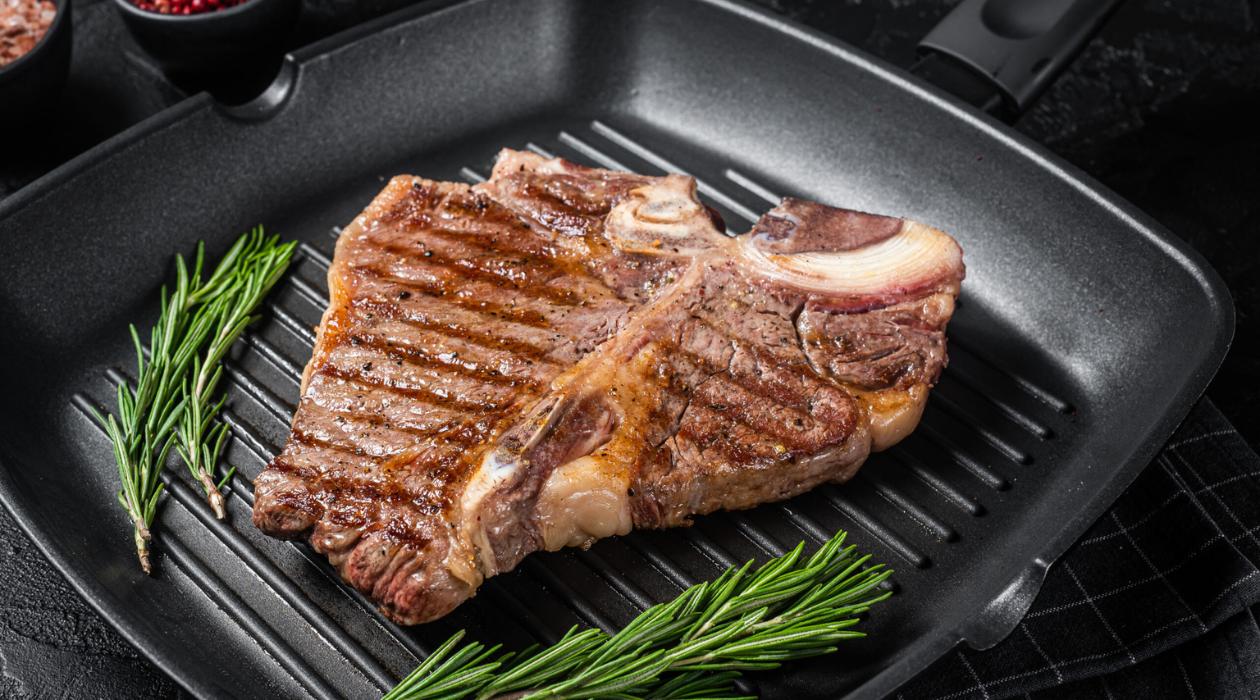
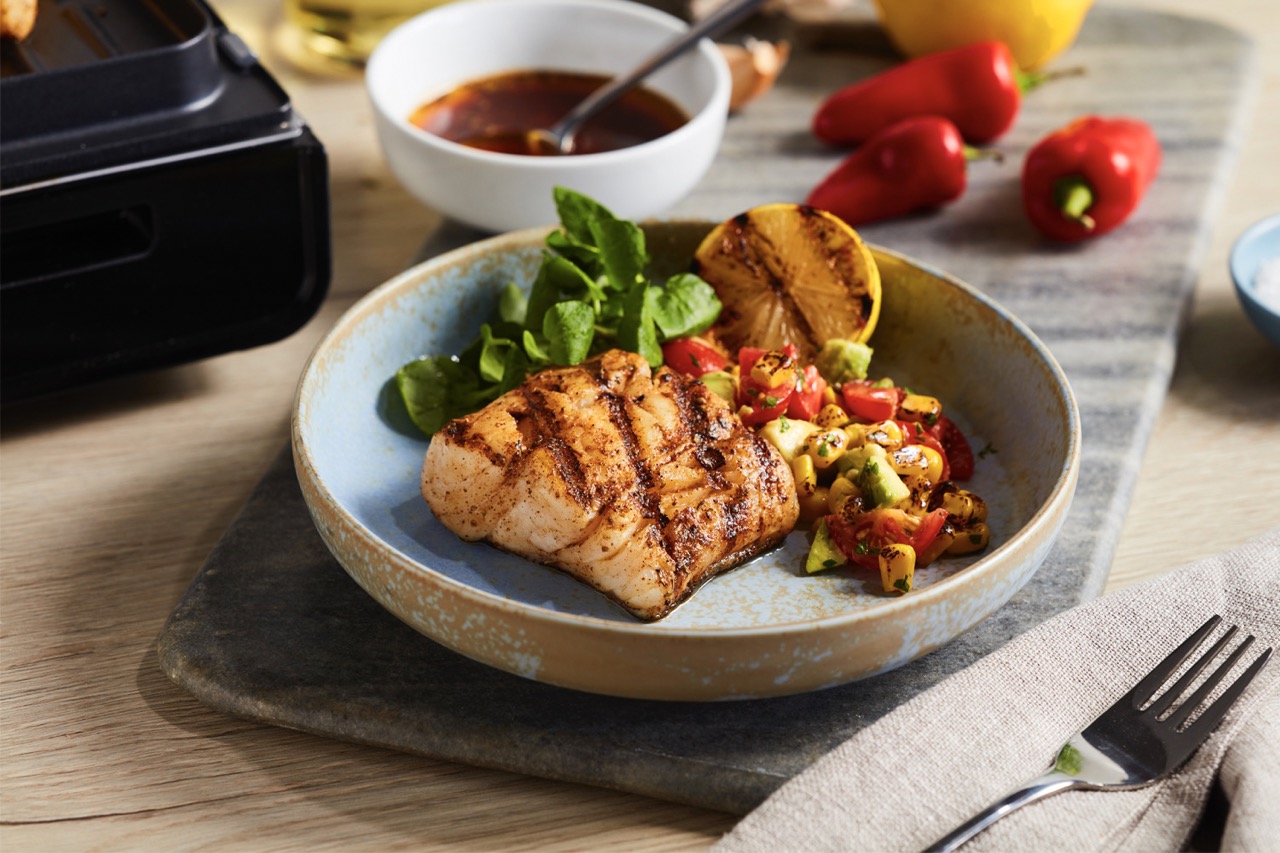
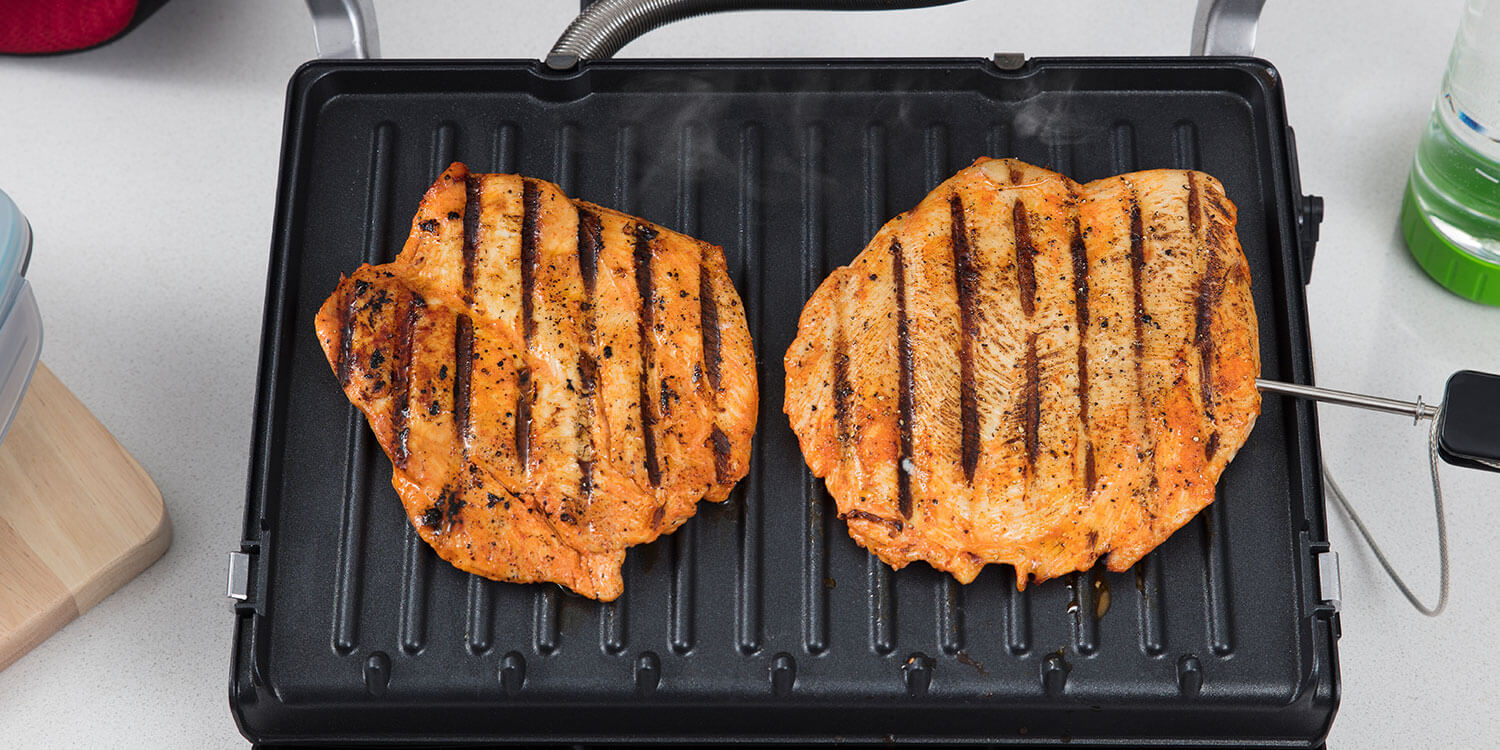
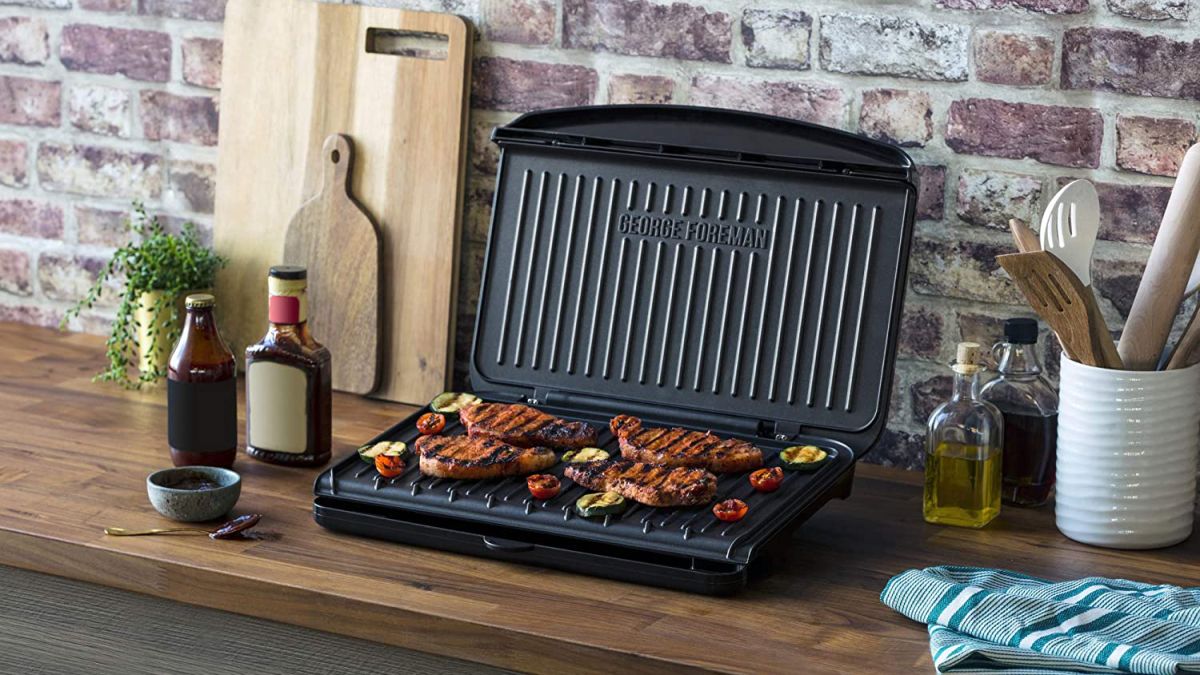
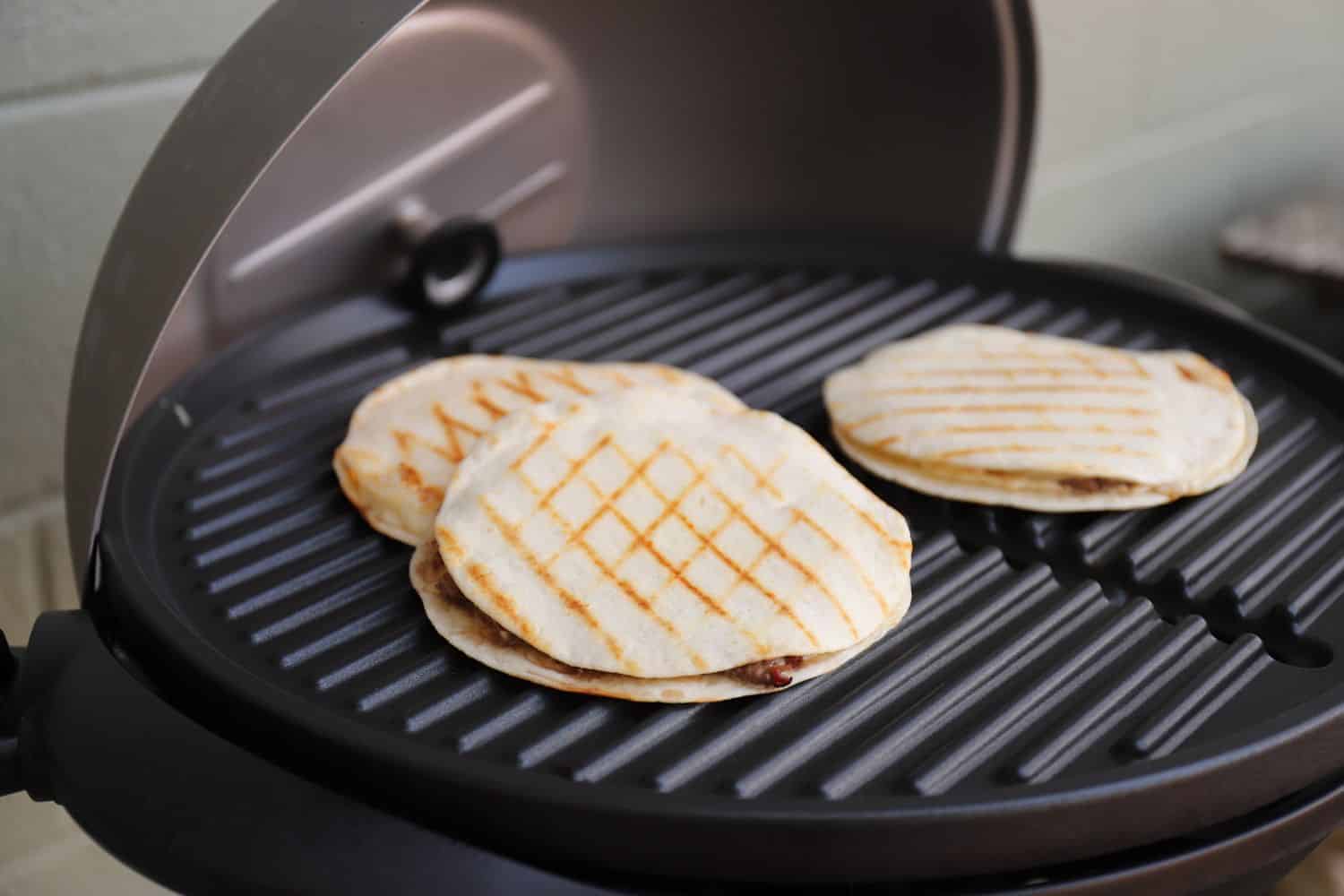
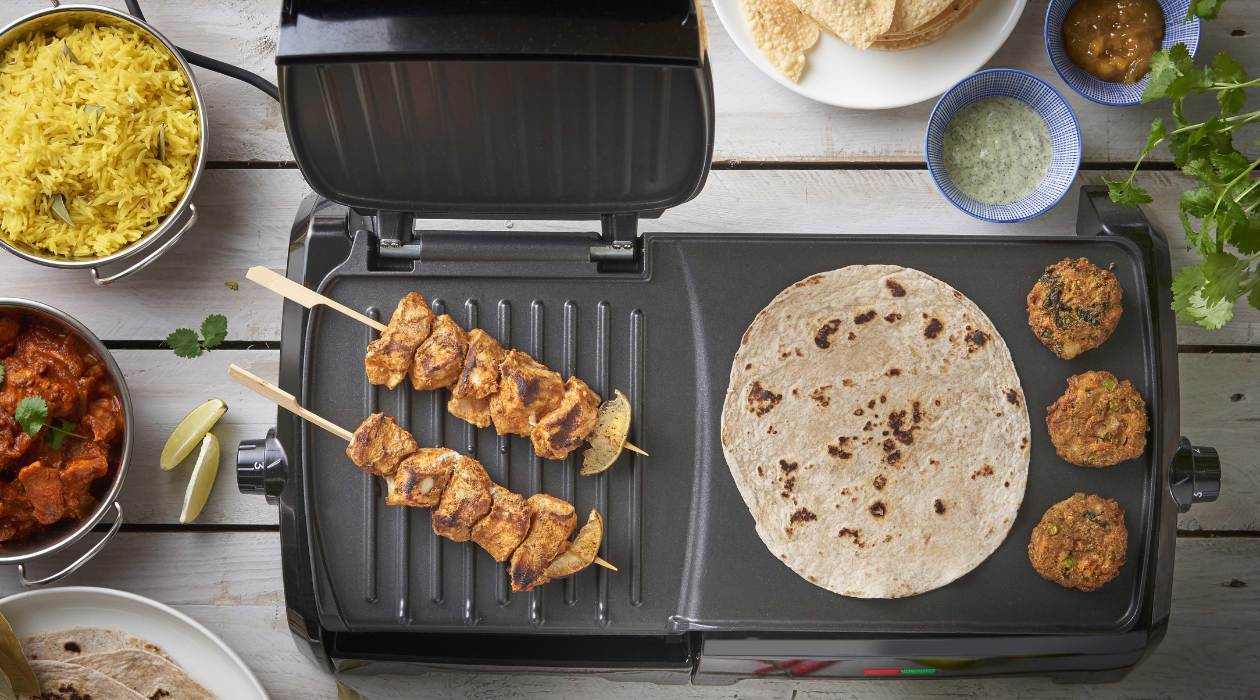
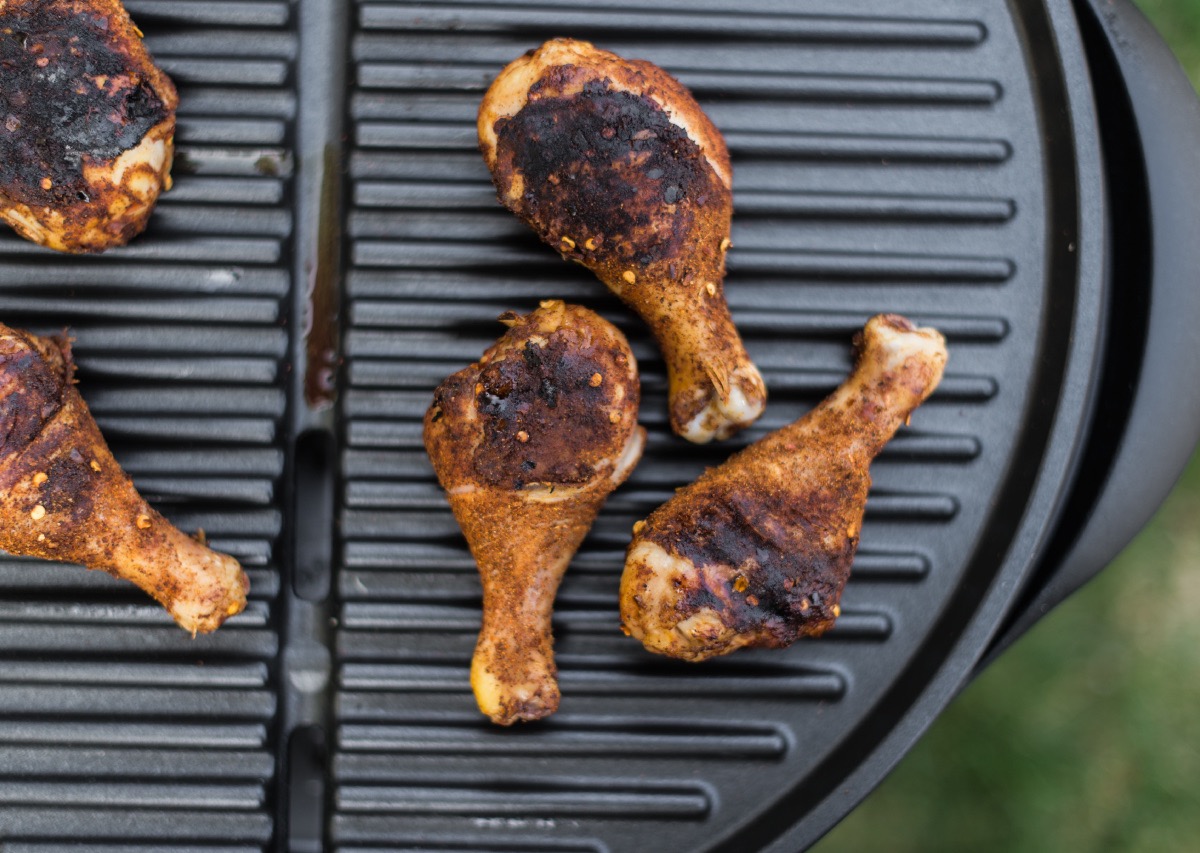
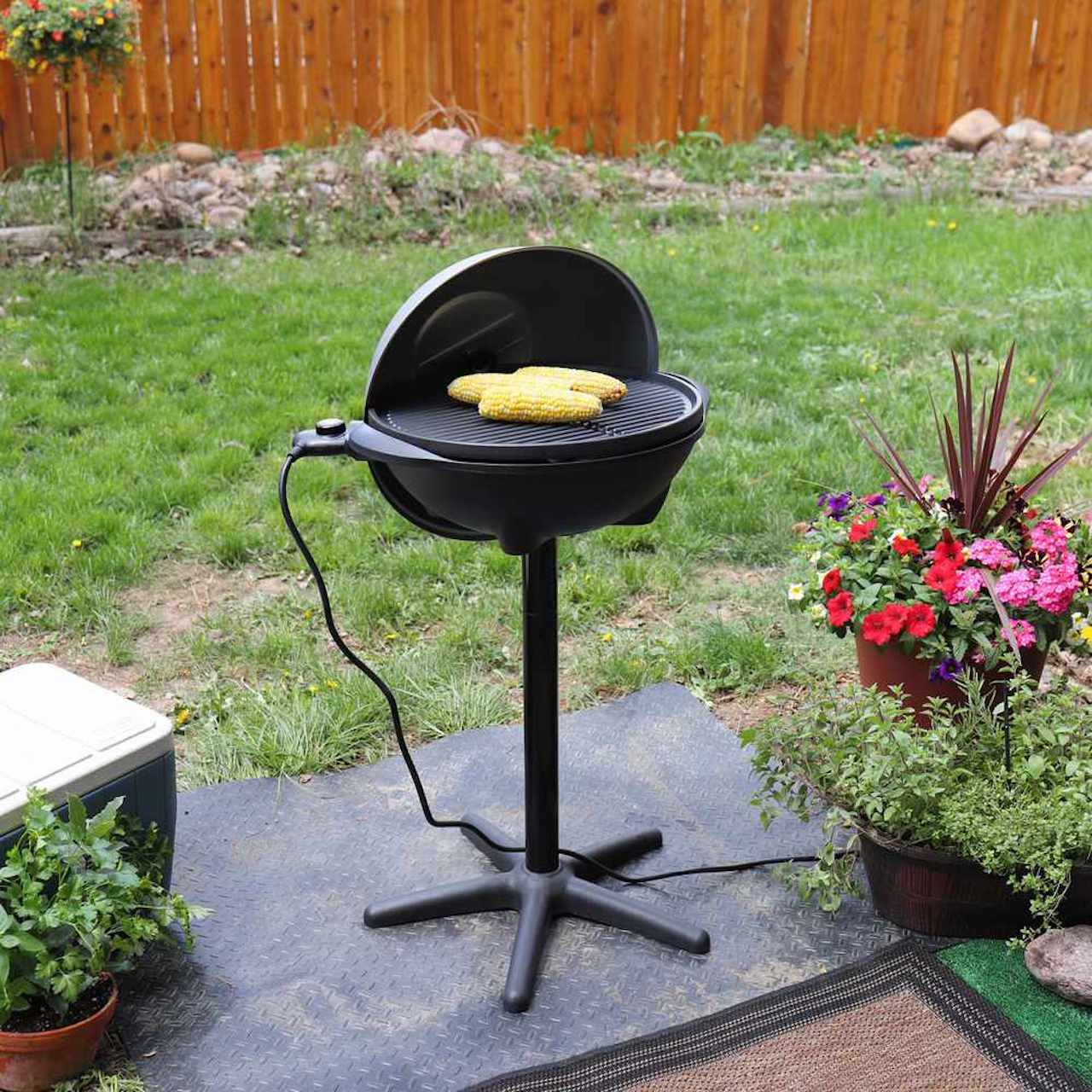
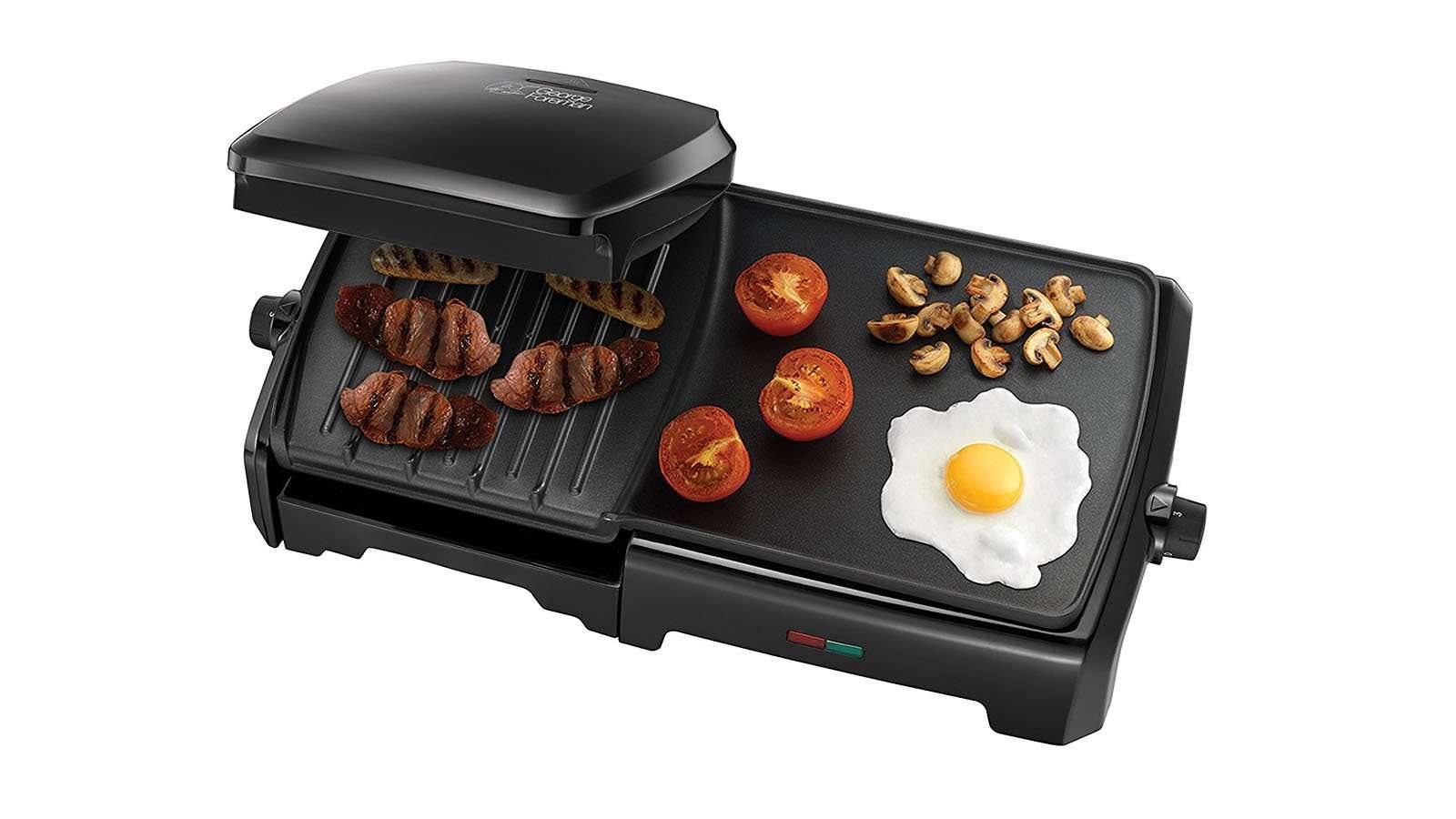
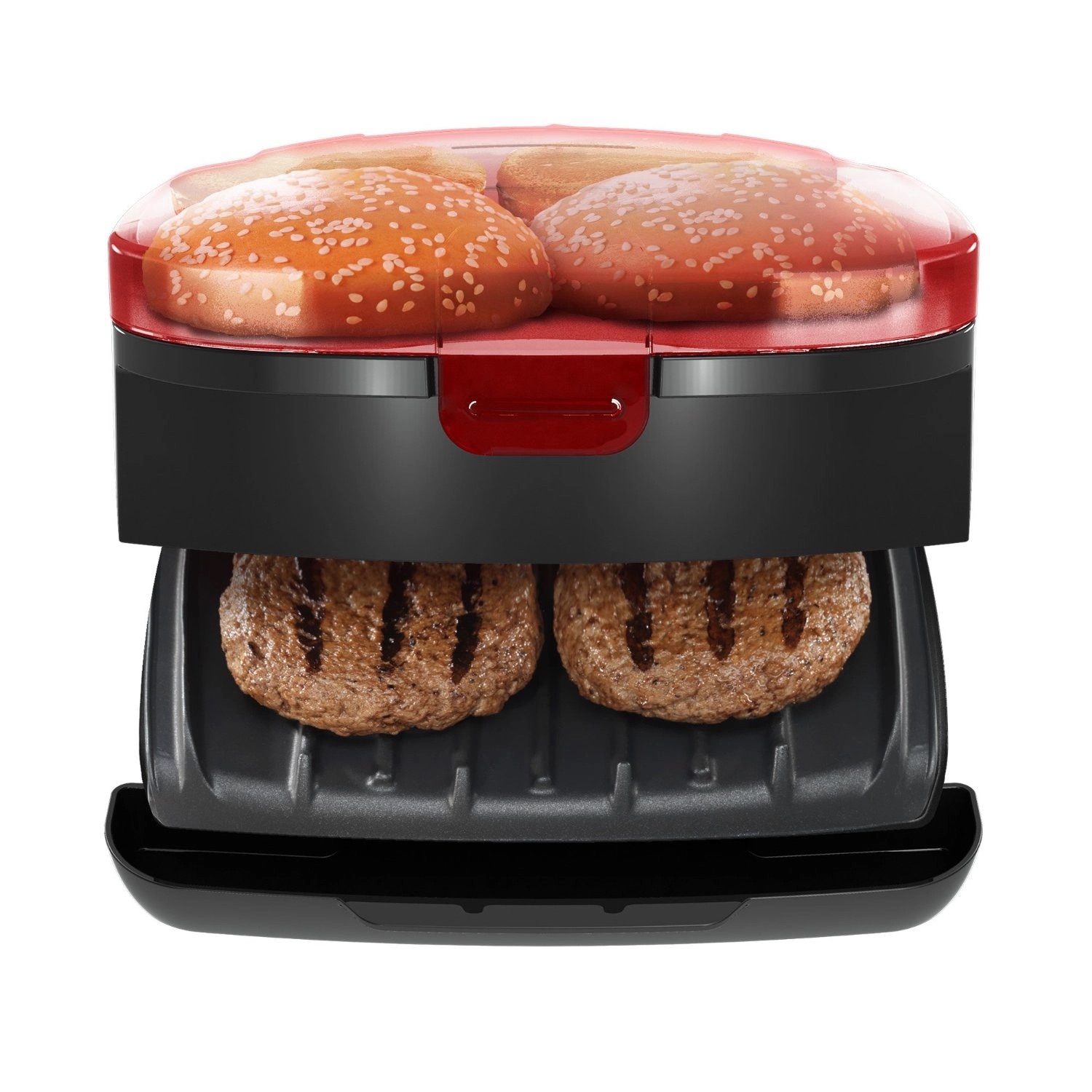
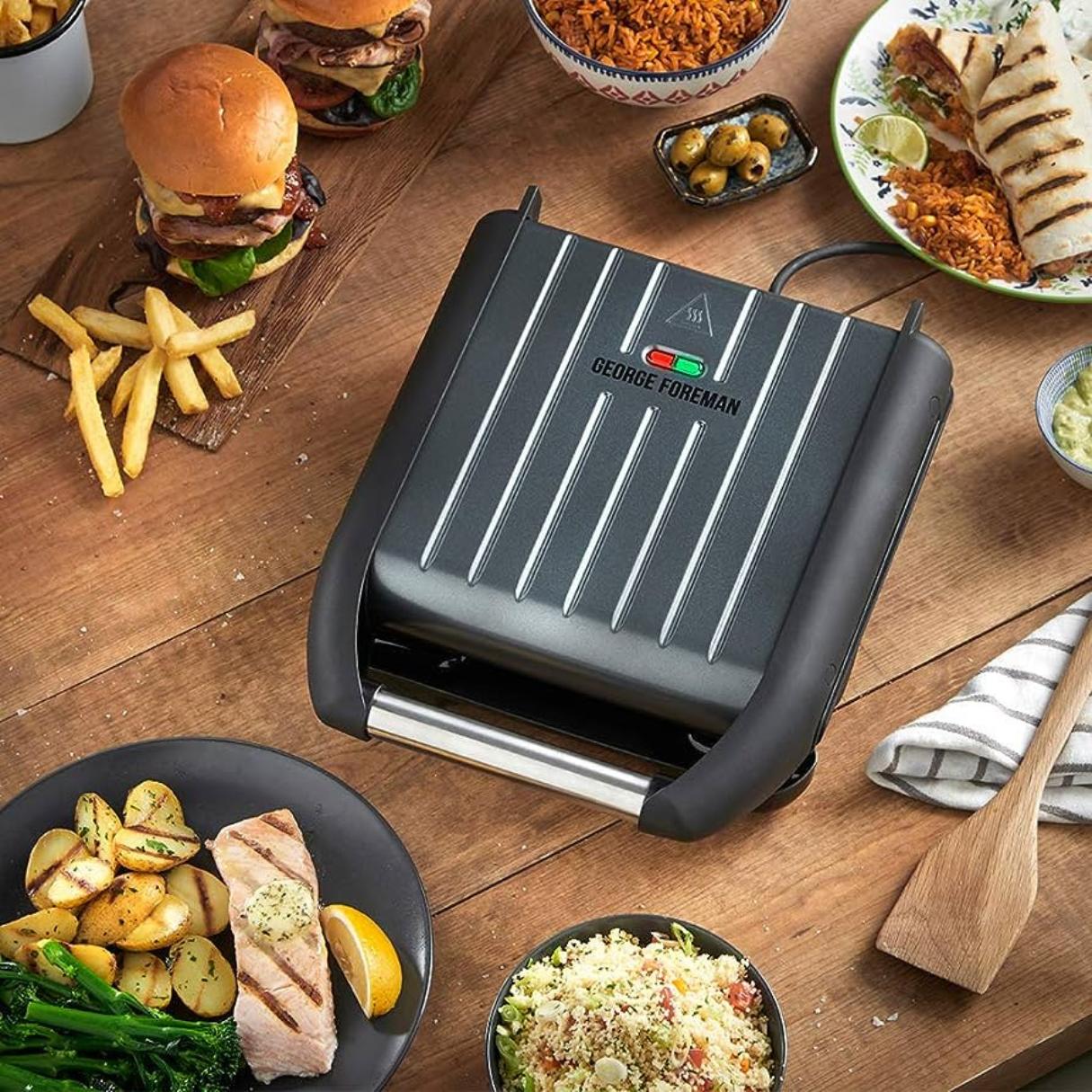

0 thoughts on “How Long Does It Take For A George Foreman Grill To Heat Up”